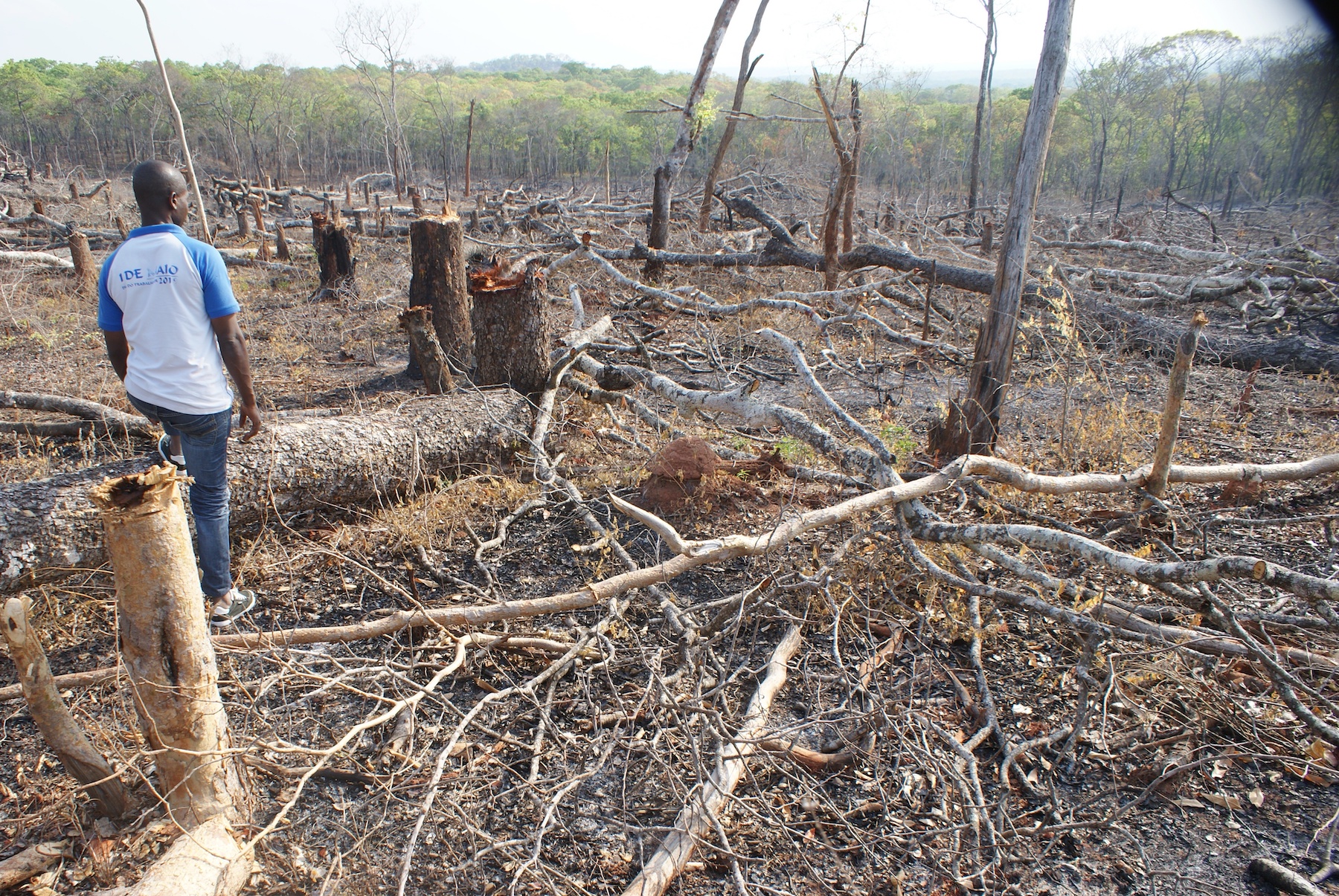
2025 Climate Policies Decoded: What Governments and Businesses Are Planning
2025 is shaping up to be a landmark year in global climate action, where pledges must transform into tangible progress. As the Paris Agreement undergoes its first major review and net-zero deadlines loom, the pressure is on for governments and corporations alike. Let’s break down the policies and commitments set to reshape our climate future.
The year 2025 isn’t just a checkpoint; it’s a crossroads. The United Nations’ Global Stocktake will inform updated Nationally Determined Contributions (NDCs), compelling countries to reassess their emission reduction strategies. Meanwhile, over 70% of Fortune 500 companies aim to hit key sustainability targets, amplifying the urgency of collective action.
The Policies and Corporate Goals Shaping 2025
In the European Union, the ‘Fit for 55’ package aims for a 55% emissions reduction (from 1990 levels) by 2030, with critical interim goals in 2025. Measures like the Carbon Border Tax and the phase-out of combustion engines by 2035 are set to accelerate the green transition. “2025 is when Europe’s green transition must accelerate,” says Frans Timmermans, EU Climate Chief.
In the United States, the Inflation Reduction Act (IRA) is set to channel $370 billion into renewable energy, targeting 50% electric vehicle sales by 2030. This could lead to a 40% reduction in U.S. emissions by 2030, according to the Rhodium Group. Meanwhile, China’s 14th Five-Year Plan seeks to peak coal consumption by 2025 while expanding solar and wind capacity to 1,200 GW — a critical shift for the world’s largest emitter.
Corporate leaders are stepping up too. Microsoft aims to be carbon-negative by 2030, with a 50% emissions cut by 2025, supported by a $1 billion Climate Innovation Fund. Unilever is working to curb supply chain emissions, which account for 90% of its carbon footprint, highlighting the complexities of corporate sustainability.
The Challenges and Opportunities Ahead
Despite ambitious targets, significant challenges remain. Only 35% of national climate commitments align with the 1.5°C target, and 40% of corporate climate claims lack third-party verification. “Without accountability, 2025 could become a year of broken promises,” warns Dr. Emily Carter of Princeton University.
Yet, individuals can drive change too. Advocacy efforts, local climate councils, and digital campaigns like ClimateVoice offer ways to pressure policymakers and corporations. On a personal level, switching to renewable energy, adopting a plant-based diet, and championing sustainability at work can make a measurable impact.
Seizing the 2025 Opportunity
2025 is a call to action. By holding leaders accountable, supporting innovative technologies, and making conscious lifestyle choices, we can collectively shape a sustainable future. Explore more tools and resources at thenorthjournals.com/climate-hub to stay engaged and informed.








